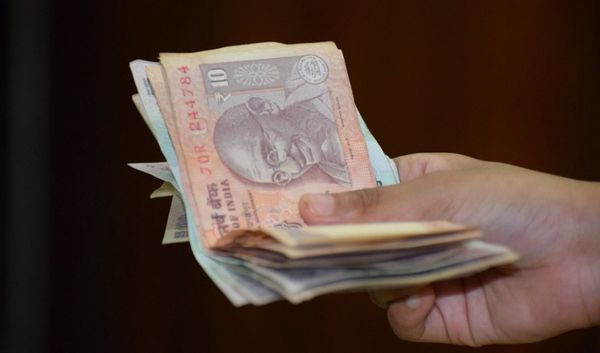
The Goods & Services Tax laws are impacting all business accounting and invoicing processes. After July 1, businesses and accountants will have to adopt software and ERPs which are capable of managing taxation, invoicing & accounting as per the new tax standard. It has become a nightmare for audits, chartered accountants especially for small and medium businesses.
From 1st July, 2017 Goods and Services Tax will replace Central and State level indirect taxes like VAT, Service tax, Excise etc. Businesses that are registered under VAT or Service Tax need to migrate to Goods & Services tax as per the enrolment plan of State Governments. Every business is required to furnish a GST invoice as per the new law.
It is applicable to you if your annual turnover is Rs. 20 lakh or above. In case of North Eastern states Arunachal Pradesh, Assam, Manipur, Meghalaya, Mizoram, Nagaland, and Tripura Himachal Pradesh, Uttarakhand, Jammu & Kashmir and Sikkim, the threshold limit is Rs. 10 lakh.
Introduction Goods and Services Tax is the new unified, multi-stage and consumption based tax levied on manufacture, sale and consumption of Goods and Services at national level to replace all the existing national and state tax systems like VAT, Service Tax, Excise Duty.
Invoicing Invoice is issued on every sale/purchase. The invoice contains serial number, details of the product such as product name, description, quantity, etc along with details of supplier, purchaser, tax charged and other particulars such as discounts, terms of sale etc.
Returns processing Goods and Services tax allows businesses to claim input credit on the taxes paid on the purchases at the time of paying tax on output, you can reduce the tax you have already paid on inputs. It means that if you are a manufacturer, supplier, agent, e-commerce operator, or aggregator then you are eligible to claim input credit for tax paid by you on your purchases.
Under Goods and Services Tax, it is critical to determine the term supply. There are 3 important factors to determine the Supply under Goods and Services Tax — Place of Supply of Goods or Services, Time of Supply of Goods, and Services, Value of Supply of Goods or Services. These three factors determine whether the Products or service is taxable or not.
Liabilities Avoid penalties and prosecution under the Goods & Services Tax. Avoid penalties and prosecution under the Goods & Services Tax. Find out how you can carry forward your input tax credit from existing tax standard to GST. Read all about the GST transition provisions in ArthaMoney’s articles.
Composition Composition scheme is available for tax payers whose turnover is not more than 50 Lakhs. Under this scheme the taxpayer need not maintain every record that is required under Goods & Services tax and he has to pay tax at the specified rate on the total turnover of the month.
Transition to GST Learn about Payments,Refunds. All existing Central Excise and Service Tax assesses and VAT dealers will be migrated to GST. To migrate to the new tax system, assesses would be provided a Provisional ID and Password by CBEC/State Commercial Tax Departments. It is expected to remove the cascading effect of tax-on-tax which is prevalent presently. It is most applicable to you if you are into manufacturing, trading, e-karts or e-commerce related services.
The countdown to GST is on and majority of Indian businesses are still not ready. A person may opt for voluntary registration under Goods & Services Tax, even if he is not liable to be registered. A ‘movement’ of goods of more than Rs 50,000 in value can not be made without an AWB bill. As per the available data, approximately 20 lakh businesses are yet to register under Goods and Services Tax.
 Need help with Digital Marketing? Try KEYSOME
Need help with Digital Marketing? Try KEYSOME
